| Plant Habit: | Tree |
| Life cycle: | Perennial |
| Sun Requirements: | Full Sun |
| Water Preferences: | Mesic Dry Mesic Dry |
| Soil pH Preferences: | Moderately acid (5.6 – 6.0) Slightly acid (6.1 – 6.5) Neutral (6.6 – 7.3) Slightly alkaline (7.4 – 7.8) |
| Minimum cold hardiness: | Zone 5a -28.9 °C (-20 °F) to -26.1 °C (-15 °F) |
| Maximum recommended zone: | Zone 8b |
| Plant Height: | 30 to 50 feet in landscapes, to over 100 feet in nature |
| Plant Spread: | 20-40 feet |
| Leaves: | Evergreen Needled |
| Fruit: | Other: cones 2 to 3 inches long with sharp prickles |
| Flowers: | Other: soft, yellow male cones |
| Flower Color: | Yellow |
| Flower Time: | Late spring or early summer |
| Uses: | Provides winter interest |
| Resistances: | Deer Resistant Rabbit Resistant Pollution Drought tolerant Salt tolerant |
| Propagation: Seeds: | Self fertile Other info: seeds germinate without treatment |
| Pollinators: | Wind |
| Miscellaneous: | Tolerates poor soil Monoecious |
| Conservation status: | Least Concern (LC) |
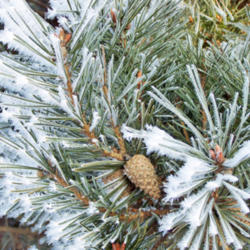
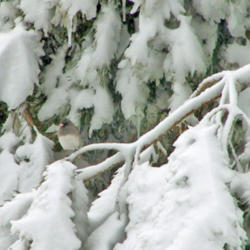
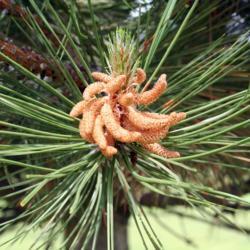
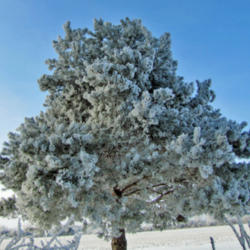
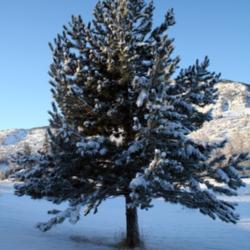
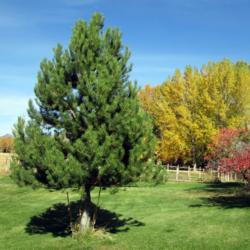

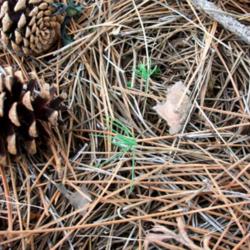
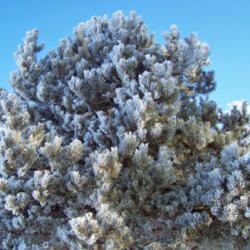
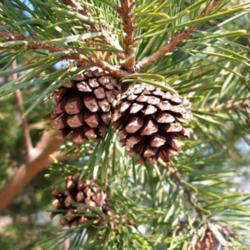
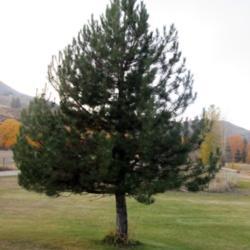
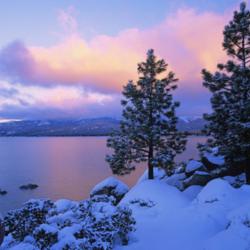
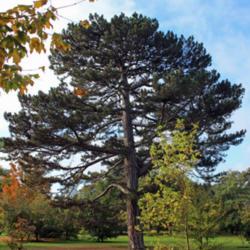
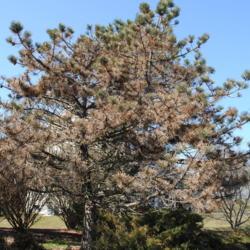
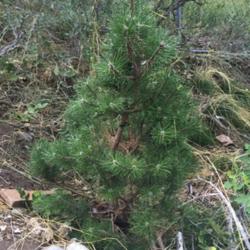
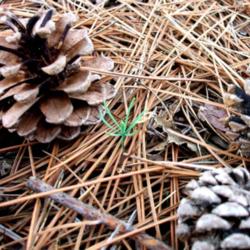
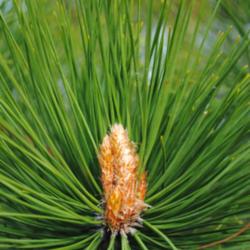

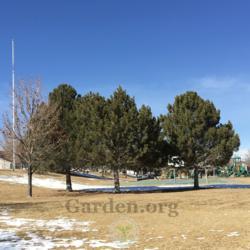
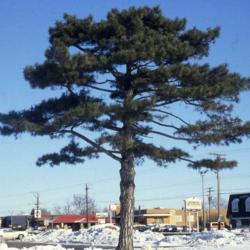

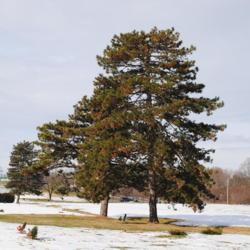
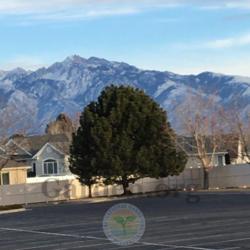
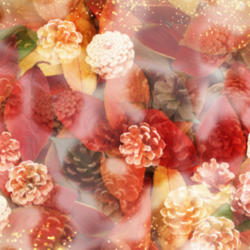
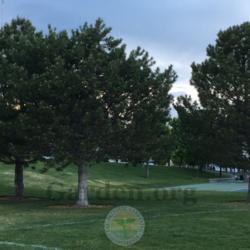
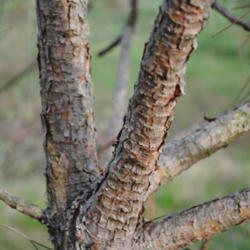
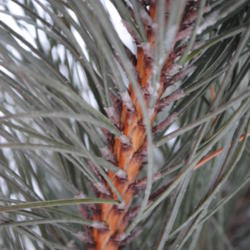
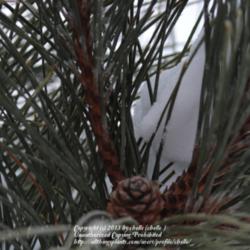
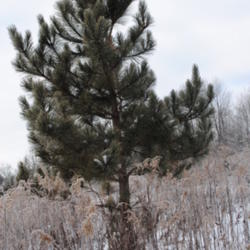
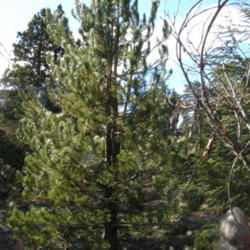
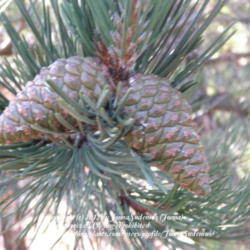


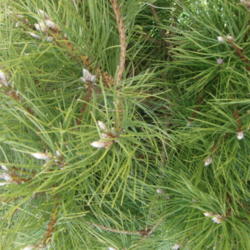

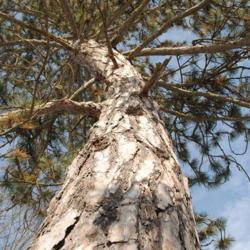
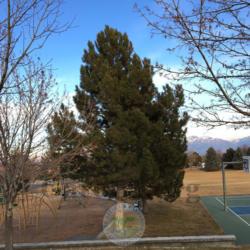
| Thread Title | Last Reply | Replies |
|---|---|---|
| Beautiful! by kqcrna | Feb 18, 2015 8:58 AM | 2 |